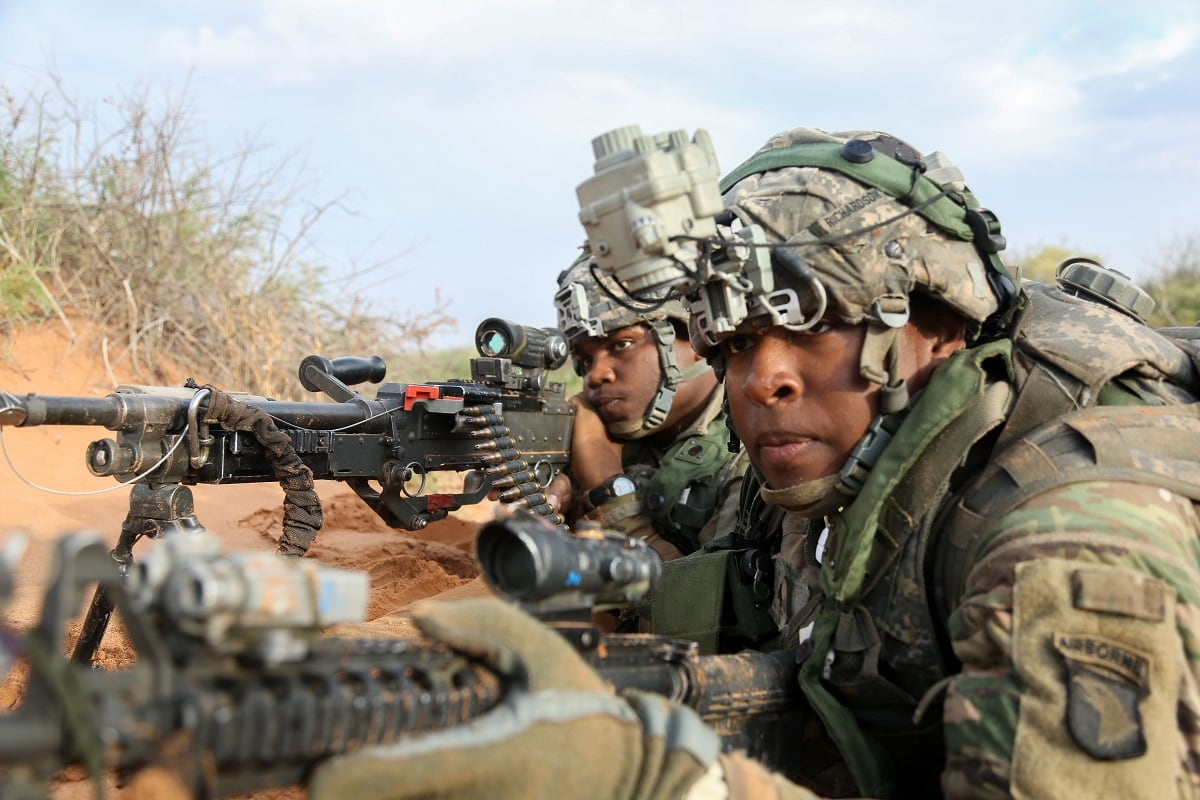The Army National Guard has asked for more training, and if a congressional subcommittee gets its way, the Guard will get its wish next year.
Falling in line with comments made earlier this year by Army Chief of Staff Gen. Mark Milley and the service’s top operations officer, the House Armed Services Committee subcommittee on readiness is recommending in its proposed defense spending bill to fully fund 20 combat training center rotations next year.
Sixteen rotations would go to the active Army, while four would be set aside for Army National Guard units, according to subcommittee’s proposed draft, which was released Wednesday.
Rotation numbers have risen slightly Army-wide over the past five years, according to data provided by Paul Boyce, a spokesman for U.S. Army Forces Command.
In fiscal 2014, there were 10 rotations at the National Training Center at Fort Irwin, California, and eight rotations at the Joint Readiness Training Center, in Fort Polk, Louisiana. One of those rotations involved a Guard unit.
This year, there are 10 rotations each at NTC and JRTC scheduled; one of the NTC rotations is for a Guard unit, and two rotations at JRTC are for Guard units.
If the subcommittee’s draft holds through the full committee and matches up with the Senate request, that would give the Guard four total rotations, double what they saw as recently as fiscal 2016.
RELATED

Not only will rotations increase, but overall training days, especially for ground combat units, will increase. Plans call for as many as 60 training days for Guard units, up from the 39-day standard now in place.
It won’t happen all at once, though. The Army is focused on armored brigade combat teams and Stryker brigade combat teams first. And it will happen over a four-year period, with training increasing on that timeline and the CTC rotation occurring in the third year of the cycle, Lt. Gen. Joseph Anderson, the Army’s deputy chief of staff for operations, wrote in his March statement to the readiness subcommittee.
These efforts are to meet Milley’s goal of having 66 percent of the active Army’s brigade combat teams at the highest level of readiness and pushing Army Guard units to one-third of BCTs at that level within the next three years, he said at a March hearing before the House Appropriations Committee.
Todd South has written about crime, courts, government and the military for multiple publications since 2004 and was named a 2014 Pulitzer finalist for a co-written project on witness intimidation. Todd is a Marine veteran of the Iraq War.





